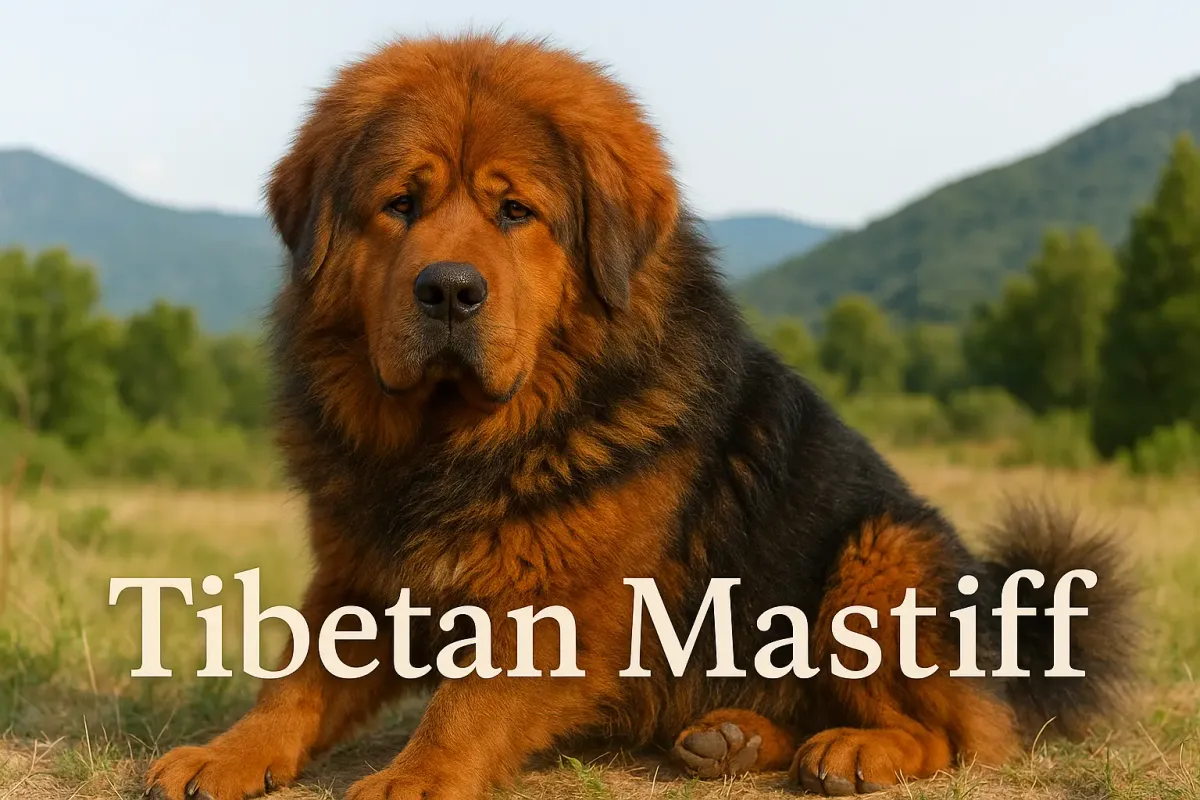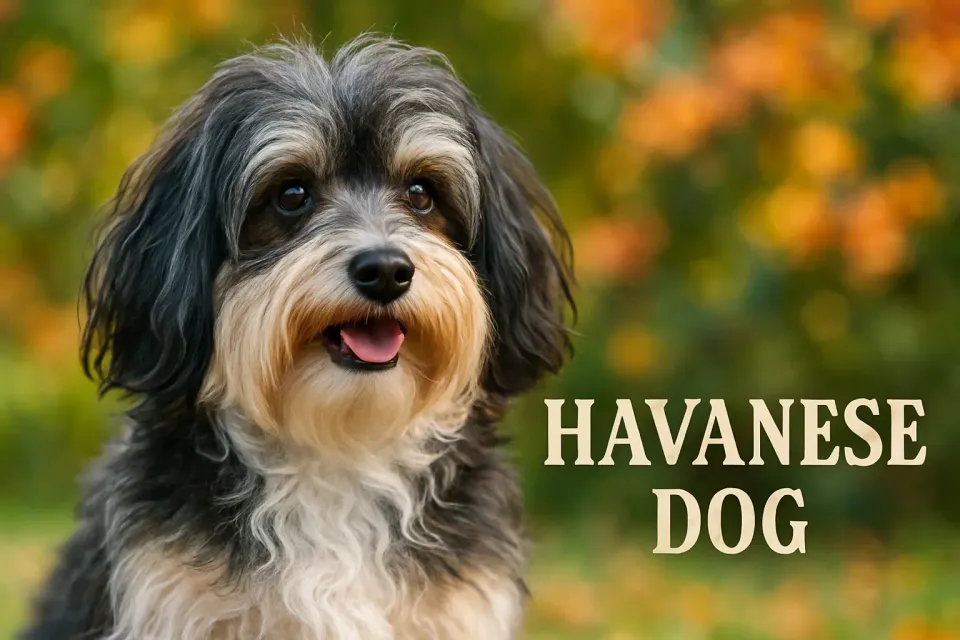Tibetan Mastiff: Your Ultimate Guide to This Majestic Breed 🐶

The Tibetan Mastiff is a majestic and powerful dog breed, renowned for its imposing presence, thick fur, and fiercely loyal nature. Originating in the Himalayan region thousands of years ago, the Tibetan Mastiff has long served as a guardian of livestock and monasteries in Tibet. In India, particularly in regions like Ladakh and Himachal Pradesh, the Tibetan Mastiff is cherished for its protective instincts and ability to thrive in harsh climates. This comprehensive guide dives into everything you need to know about the Tibetan Mastiff, from its rich history and unique traits to care, training, and adoption tips. Whether you’re considering adding a Tibetan Mastiff to your home or simply intrigued by this noble breed, this guide is your go-to resource. 🌟
For a broader look at popular breeds, check out Dog Breeds in India.
History of the Tibetan Mastiff 📜
The Tibetan Mastiff boasts an ancient lineage, with roots tracing back over 2,000 years to the Himalayan plateaus. Bred by nomadic tribes and Tibetan monks, the Tibetan Mastiff was developed to protect livestock, homes, and monasteries from predators like wolves and leopards. Their size, strength, and thick coat made them ideal for surviving the harsh Himalayan winters.
Historically, Tibetan Mastiffs were rarely seen outside Tibet, but their reputation as formidable guardians spread to Europe and America in the 19th century. In India, the Tibetan Mastiff remains a symbol of strength and loyalty, particularly in northern regions. Today, Tibetan Mastiffs are valued as both working dogs and loyal family companions. 🐕
Characteristics of the Tibetan Mastiff 🐾
The Tibetan Mastiff is instantly recognizable for its lion-like appearance and commanding presence. Here’s a closer look at what defines this breed:
Physical Appearance
- Size: Large to giant, standing 24–26 inches tall at the shoulder (males) and slightly smaller for females.
- Weight: 90–150 pounds, with males often heavier.
- Coat: Thick, double-layered coat with a woolly undercoat and long outer coat, in colors like black, tan, gold, or blue-gray, often with white markings.
- Lifespan: 10–14 years with proper care.
The Tibetan Mastiff’s mane-like fur and bushy tail enhance its regal, imposing look.
Temperament
The Tibetan Mastiff is known for its protective, independent, and loyal personality. Key traits include:
- Protective: Natural guardians, fiercely devoted to their family and territory.
- Independent: Strong-willed, requiring confident owners.
- Calm: Reserved and composed indoors but alert to threats.
- Affectionate: Bonds deeply with family, though reserved with strangers.
These qualities make the Tibetan Mastiff a formidable yet loving companion for experienced owners.
Why Choose a Tibetan Mastiff? 🌟
The Tibetan Mastiff is a unique breed suited for specific lifestyles. Here’s why Tibetan Mastiffs stand out:
- Exceptional Guardians: Unmatched in protecting homes and livestock.
- Climate Adaptable: Thrive in cold and moderate climates, ideal for northern India.
- Loyal Companions: Form strong bonds with their owners.
- Low Exercise Needs: Less active indoors compared to other large breeds.
The Tibetan Mastiff is best for experienced owners with space and time to meet its needs.
Caring for a Tibetan Mastiff 🧼
Owning a Tibetan Mastiff requires dedication to their physical and emotional well-being. Here’s a detailed guide to their care:
Diet and Nutrition 🍽️
A balanced diet supports the Tibetan Mastiff’s large size and thick coat.
- Food Type: High-quality dry kibble or wet food formulated for large breeds. Choose protein-rich options with ingredients like beef, chicken, or lamb.
- Portion Size: 4–6 cups of food daily, split into two meals, adjusted for age, weight, and activity level.
- Treats: Use low-calorie treats like carrots or sweet potatoes for training. Avoid human foods like chocolate.
- Hydration: Ensure constant access to fresh water, especially in warmer climates.
Consult a vet to prevent overfeeding, as Tibetan Mastiffs can gain weight if not monitored.
Grooming 🛁
The Tibetan Mastiff’s thick coat requires regular grooming to stay healthy.
- Brushing: Brush 2–3 times a week with a slicker brush or undercoat rake to remove loose fur and prevent matting. Daily brushing is needed during shedding seasons (spring and fall).
- Bathing: Bathe every 8–12 weeks with a dog-specific shampoo to maintain coat health.
- Nail Trimming: Trim nails monthly to prevent discomfort.
- Ear Cleaning: Clean ears weekly to avoid infections.
- Dental Care: Brush teeth 2–3 times a week to prevent plaque buildup.
Regular grooming keeps your Tibetan Mastiff comfortable and majestic.
Exercise Needs 🏃♂️
Tibetan Mastiffs are less active than other large breeds but still require 1–1.5 hours of daily exercise.
- Activities: Long walks, moderate hikes, or play in a secure yard are ideal. Avoid intense exercise in hot weather.
- Mental Stimulation: Puzzle toys and obedience training engage their intelligent minds.
- Secure Spaces: Use a fenced yard, as Tibetan Mastiffs may roam to patrol their territory.
A well-exercised Tibetan Mastiff is content and less likely to exhibit destructive behaviors.
Training a Tibetan Mastiff 📚
Tibetan Mastiffs are intelligent but independent, requiring firm and consistent training.
Basic Commands
Teach commands like sit, stay, come, and down using positive reinforcement.
- Consistency: Use clear cues and reward with treats or praise to motivate Tibetan Mastiffs.
- Patience: Their strong-willed nature may require longer training periods.
Socialization
Early socialization is crucial to temper the Tibetan Mastiff’s protective instincts.
- Puppy Classes: Enroll in group classes to improve manners and exposure to other dogs.
- Controlled Introductions: Gradually introduce them to people, pets, and new environments.
Managing Their Guardian Instincts
Tibetan Mastiffs are natural protectors, so training must address territorial behavior.
- Leash Training: Teach loose-leash walking to manage their strength.
- Bark Control: Train to reduce excessive barking at perceived threats.
With experienced handling, Tibetan Mastiffs can become well-mannered guardians.
Health Concerns for Tibetan Mastiffs 🩺
Tibetan Mastiffs are generally hardy but prone to certain health issues. Regular vet checkups are essential.
- Hip Dysplasia: A genetic condition affecting hip joints, causing mobility issues. Screen breeding dogs.
- Elbow Dysplasia: Similar to hip dysplasia, affecting elbow joints.
- Hypothyroidism: Affects metabolism, causing weight gain and lethargy.
- Bloat (Gastric Torsion): A life-threatening condition common in large breeds. Feed smaller meals and avoid exercise after eating.
- Eye Issues: Conditions like entropion or cherry eye may occur.
Preventive Care
- Vaccinations: Follow a vet-recommended schedule for core vaccines like rabies and distemper.
- Flea and Tick Control: Use monthly preventives to protect against parasites.
- Spaying/Neutering: Reduces health risks and curbs territorial behaviors.
Proactive care ensures your Tibetan Mastiff enjoys a long, healthy life.
Adopting a Tibetan Mastiff in India 🏡
Adopting a Tibetan Mastiff in India requires careful planning due to their size and needs.
Where to Adopt
- Reputable Breeders: Choose breeders registered with the Kennel Club of India (KCI) who provide health clearances.
- Rescue Organizations: Shelters in northern India, like those in Ladakh, may have Tibetan Mastiffs for adoption.
- Local Communities: In Himalayan regions, local breeders or families may offer purebred Tibetan Mastiffs.
Cost of a Tibetan Mastiff
- Puppy Price: INR 40,000–1,00,000 from reputable breeders, depending on lineage and location.
- Monthly Expenses: INR 7,000–12,000 for food, grooming, and vet care.
Questions to Ask Breeders
- Are the parents tested for hip dysplasia and hypothyroidism?
- Can I visit the puppy’s living conditions and meet the parents?
- What vaccinations and deworming have been done?
Adopting a Tibetan Mastiff from a trusted source ensures a healthy, well-adjusted pet.
Tibetan Mastiffs as Family Pets 👨👩👧👦
Tibetan Mastiffs are loyal but best suited for experienced owners due to their protective nature.
- With Children: Gentle with family children but require supervision with young kids due to their size.
- With Other Pets: May be dominant; introduce slowly to other dogs or cats.
- In Homes: Need space, ideally a house with a yard, as they’re less suited for apartments.
A Tibetan Mastiff thrives in homes with confident leadership and ample space.
Fun Facts About Tibetan Mastiffs 🎉
- Mythical Guardians: In Tibet, Tibetan Mastiffs were believed to ward off evil spirits.
- Expensive Puppies: Some Tibetan Mastiffs have sold for millions in China due to their rarity.
- Himalayan Legends: They’re featured in folklore as protectors of sacred sites.
- Unique Bark: Their deep, booming bark is often compared to a lion’s roar.
These facts highlight why Tibetan Mastiffs are such a revered breed.
FAQs About Tibetan Mastiffs ❓
Are Tibetan Mastiffs good for first-time owners?
No, their independent nature and size require experienced handling.
How much exercise do Tibetan Mastiffs need?
They need 1–1.5 hours of daily exercise, including walks and play.
Do Tibetan Mastiffs shed a lot?
They shed heavily during spring and fall; regular brushing is essential.
Are Tibetan Mastiffs good with kids?
Yes, with family children, but supervision is needed due to their size.
How much does a Tibetan Mastiff cost in India?
Puppies cost INR 40,000–1,00,000, with monthly expenses of INR 7,000–12,000.
What health issues do Tibetan Mastiffs face?
Common concerns include hip dysplasia, bloat, and hypothyroidism. Regular vet care is key.
Conclusion: Why the Tibetan Mastiff Is a Noble Companion ✨
The Tibetan Mastiff is a remarkable breed, combining strength, loyalty, and a majestic presence that captivates dog lovers worldwide. From their ancient role as Himalayan guardians to their growing popularity in India, Tibetan Mastiffs are truly unique. By providing proper care, training, and a suitable environment, you can ensure your Tibetan Mastiff thrives as a devoted companion. Whether you’re adopting a puppy or learning more about this breed, the Tibetan Mastiff promises a lifetime of loyalty and awe-inspiring moments. Start your journey with a Tibetan Mastiff today and welcome a noble friend who’ll stand by your side! 🐶🌟





